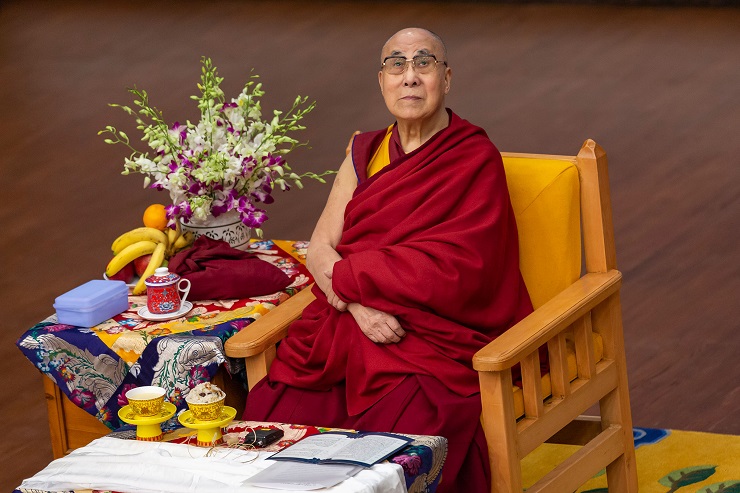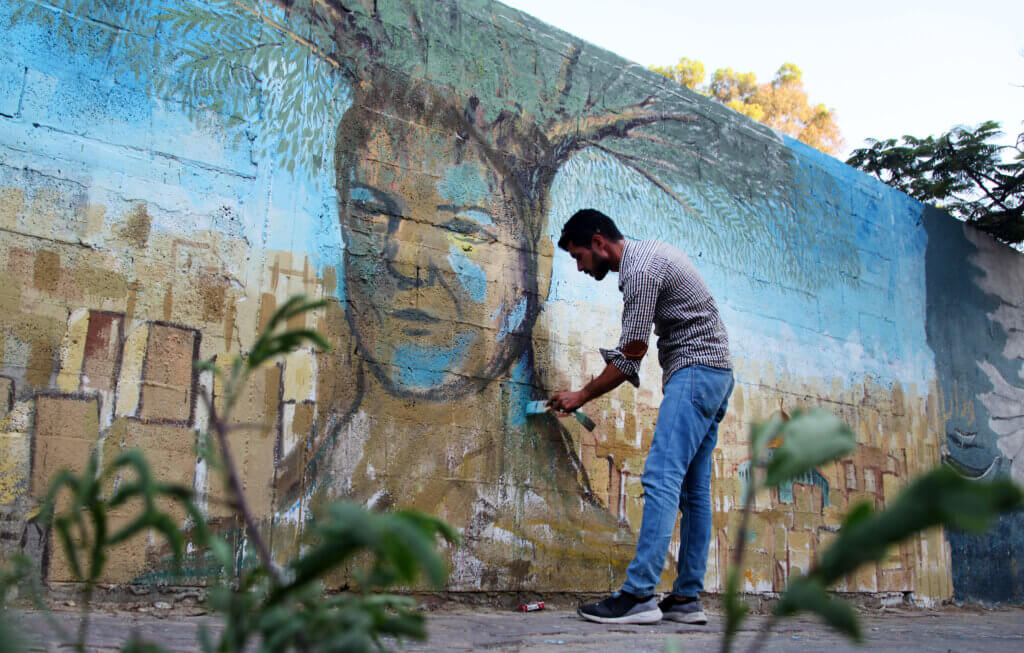
The first and, of course, alarming question to be expected after reading the title of this article can be formulated roughly as follows: “And what does India actually have to do with the Taiwan problem, which is almost central in the present phase of the “Great World Game”?” Any positive response to this question (“something will definitely happen”) would make any observer of the Indo-Pacific situation suspicious.
The only thing missing in the current, to say the least, complex system of relations between the two Asian giants, India and China, is the actualization of this problem. After all, it is the source of China’s most serious foreign policy wound. If you want to keep normal relations with China, you should not interfere with it in any way (that is, even indirectly). The executive branch of the Republic of India has no official relations with Taiwan. But can the recent trips to the island by some members of the Union Parliament and the articles by Indian experts (also published in Taiwanese publications) with strongly anti-Chinese content, directly calling on the Indian government to establish and develop comprehensive relations with Taiwan, be considered as “first signs” of Indian interest in contacts with Taiwan’s leadership?
Just take the title of a text from a year ago, “India must give Taiwan a helping hand”. Its author, Brahma Chellaney, is one of those researchers at the global table whose word carries a lot of weight and is not usually ignored by the major players. In particular, the above text was immediately heavily criticized in the Chinese Global Times.
Apparently in order to (at least) keep relations with India, already at a low level, Beijing has not publicly reacted to the precedents of visits by individual MPs to Taiwan. After all, such actions can be seen as private initiatives by low-profile politicians who are not part of the executive branch and do not have to obey it. However, such visits express many commonalities between the political order of the “two democracies” that can serve the process of developing India-Taiwan relations.
However, it is not just about general statements made by individual politicians and speculative constructions made by political scientists. There have recently been efforts to shape some concrete projects between India and Taiwan. A group of Taiwanese specialists visited India in August 2022 to assess the prospects for organizing the production of integrated electronic chips. It is worth noting that the implementation of such a project would be consistent with the United States’ efforts to exclude its main geopolitical adversary (China) from the international system of production of this critical product.
The head of World Buddhism is a very important figure in international politics (though not primarily due to the efforts of China’s main geopolitical adversary’s massive propaganda machine). China cannot afford to ignore a (de facto) politician of this stature who is “challenging its territorial integrity.”
Beijing did not do so even during the 14th Dalai Lama previous visit to Taiwan in August 2009. Relations between the mainland and the newly ascended ruler on the island were, as they say, in full bloom at the time. The pretext for the trip seemed good enough – to provide spiritual support to Taiwan’s Buddhist population, which had suffered from a series of catastrophic earthquakes, the epicenter of which was the island itself as well as China’s neighboring eastern provinces.
At the time, some demonstratively concrete (if fleeting) protests against the Buddhist spiritual leader’s visit to the island by Beijing concerned only Taiwan. These actions had no impact on India, from which he came to the island. The author does not recall any mention of India in connection with this incident. The problem of the two emerging Asian giants’ increasingly competitive positioning on the international stage was only sketched out in principle at the time.
However, the current situation in the region is markedly different, and for the worse, than it was fifteen years ago. First, Taiwan has been ruled by the Democratic Progressive Party and its (most recent) leader and current (with one year to go) president, Tsai Ing-wen, who have been labeled by the PRC with various derogatory epithets (“hopeless separatists,” “American agents”). Second, almost the entire system of Sino-Indian relations collapsed in the summer of 2020, and it has been slowly and painstakingly recovering ever since.
So it’s clear what (uncomfortable) questions might be asked today from Beijing to New Delhi if the 14th Dalai Lama’s declared intention to visit Taiwan comes true. For instance, questions like this, “Have certain boundaries for behavior inside and outside the country been set for this guest of yours, a refugee from our country who has been in your territory for more than 60 years? If so, has Taiwan been declared a place where visiting (at least without our government’s permission) constitutes a violation of those boundaries?”
It is also more or less obvious what the authors of such questions will hear as an answer. Namely, and roughly, the following: “The 14th Dalai Lama is on our territory along with hundreds of thousands of refugees after the famous events that took place in Tibet in 1959 with the participation of your PLA. Since then, they have been living with us in their own community without interfering in our public affairs. We cannot forbid the spiritual leader of world Buddhism to move both inside and outside our country. Such a trip has nothing to do with the politics of our country.” This is the end of the (hypothetical) dialog, and both participants are dissatisfied with its results. It will only add an extra touch to the current, to reiterate, complex picture of bilateral relations, which has accumulated enough negativity even without it.
The border patrol clash in Tawang district of Arunachal Pradesh on December 9 last year was one such negative act. This area is referred to by the PRC as “southern Tibet” and is not recognized as belonging to India. The dispute over the right to the territory (an area of about 90,000 square kilometers) designated by this name is the basis for border incidents, which are not uncommon here. Fortunately, the latter incident did not go beyond simple physical violence and did not result in serious injuries to those involved. In India itself, however, the incident has led to fierce opposition rhetoric against the government and personally Prime Minister Narendra Modi, whom they accuse of being “not tough enough” on China. There has also been another series of “space warnings” from the leadership of the Indian armed forces. However, the military is there (among other things) to regularly flex its muscles on inconvenient neighbors.
It is the worst possible time for the current leader of World Buddhism to visit his co-religionists in Taiwan. He would be wise to wait for the current upheaval in international relations in general, and in relations between the two Asian behemoths in particular, to end. Better times may come.
After all, as we all know, hope is the last to die.
Vladimir Terekhov, expert on the issues of the Asia-Pacific region, exclusively for the online journal “New Eastern Outlook”.
Related posts:
Views: 0
 RSS Feed
RSS Feed

















 February 2nd, 2023
February 2nd, 2023  Awake Goy
Awake Goy 


 Posted in
Posted in  Tags:
Tags: 
















